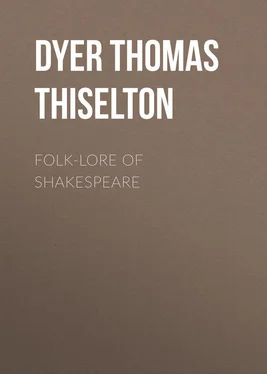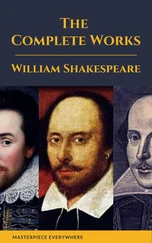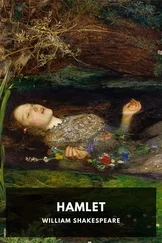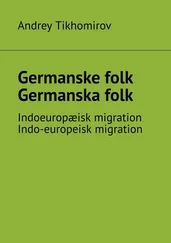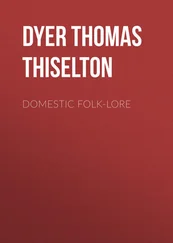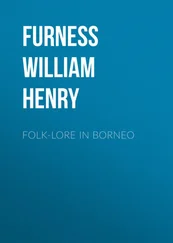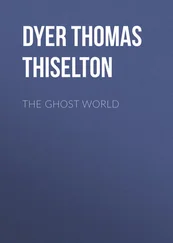“Æneid,” bk. iv. l. 462.
“Metamorphoses,” bk. v. l. 550; bk. vi. l. 432; bk. x. l. 453; bk. xv. l. 791.
“2 Henry VI.” iii. 2; iv. 1.
“Titus Andronicus,” ii. 3.
Cf. “Lucrece,” l. 165; see Yarrell’s “History of British Birds,” vol. i. p. 122.
See Brand’s “Pop. Antiq.,” 1849, vol. iii. p. 209.
The spelling of the folios is “howlets.” In Holland’s translation of Pliny (chap. xvii. book x.), we read “of owlls or howlets.” Cotgrave gives “Hulotte.”
Halliwell-Phillipps’s, “Handbook Index,” 1866, p. 354.
See Dyce’s “Glossary,” p. 302.
See Singer’s “Notes to The Tempest,” 1875, vol. i. p. 82.
See Gentleman’s Magazine , November, 1804, pp. 1083, 1084. Grimm’s “Deutsche Mythologie.”
See Dasent’s “Tales of the Norse,” 1859, p. 230.
“Hudibras,” pt. i. ch. i.
In “Much Ado About Nothing” (i. 1), Benedick likens Beatrice to a “parrot-teacher,” from her talkative powers.
This is the reading adopted by Singer.
“Notes to Hamlet,” Clark and Wright, 1876, pp. 179, 180.
See Nares’s “Glossary,” vol. ii. p. 645; Singer’s “Notes,” vol. ix. p. 228.
Cf. “Troilus and Cressida,” iii. 3.
Cf. “Richard II.” i. 1.
Mr. Harting, in his “Ornithology of Shakespeare,” quotes an interesting correspondence from “Land and Water” (1869), on the subject.
See Sir Thomas Browne’s Works, 1852, vol. ii. pp. 1-4.
See Brand’s “Pop. Antiq.,” 1849, vol. iii. pp. 366, 367.
Cf. “The Tempest,” iii. 3; “All’s Well that Ends Well,” i. 1; “Antony and Cleopatra,” iii. 2; “Cymbeline,” i. 6.
Works, 1852, vol. i. pp. 277-284.
See Aldis Wright’s “Notes to The Tempest,” 1875, p. 129.
Daily Telegraph , January 31, 1880; see Southey’s “Commonplace Book,” 1849, 2d series, p. 447.
See Dove , pp. 114, 115.
Nares’s “Glossary,” vol. ii. p. 704; Halliwell-Phillipps’s “Handbook Index to Shakespeare,” 1866, p. 398; Dyce’s “Glossary,” p. 345; Singer’s “Shakespeare,” vol. vii. p. 264.
“Ornithology of Shakespeare,” p. 218.
Strutt’s “Sports and Pastimes,” 1876, pp. 19, 97, 677; Brand’s “Pop. Antiq.,” 1849, vol. ii. pp. 59, 60.
Douce’s “Illustrations of Shakespeare,” 1839, p. 367.
Marsden’s “History of Sumatra,” 1811, p. 276.
